Beet wants to know... Read each chapter in Root for the Beet and watch & read the video lessons below...
Chapter 1 - Root for the Beet
- What kind of vegetable is a beet? A beet is a root vegetable. This means that the fruit, or edible part of the plant, grows under the ground. For beets and many other root vegetables, the greens that grow above the ground are edible and very nutritious - especially the beet greens! Beets come in many varieties, sizes, and colors including red, pink, striped, yellow and gold. Other root vegetables include onions, potatoes, carrots, turnips, radishes, leeks, ginger, garlic, daikon, fennel, horseradish, jicama, parsnip, and yucca. Click here to view pictures of root vegetables that we grow at the farm.
- Why are beets healthy? Beets are low in calories. Beets are a great source of nutrition including fiber (helps you go the bathroom regularly), folate (helps cells in the body), potassium (helps regulate water balance in the body), magnesium (good for bone health), and vitamin C (helps protect your immune system). Beets also contain nitrates. Nitrates help with blood flow and blood pressure.
- How can you eat a beet? Beets can be eaten raw or cooked. You can grate or chop beets into a salad. You can boil, roast, grill, dehydrate, fry or barbecue beets. You can also create beet chips by slicing the beets, removing the water as much as possible, adding some oil and sea salt, and baking. Check out a bunch of beet recipes here!
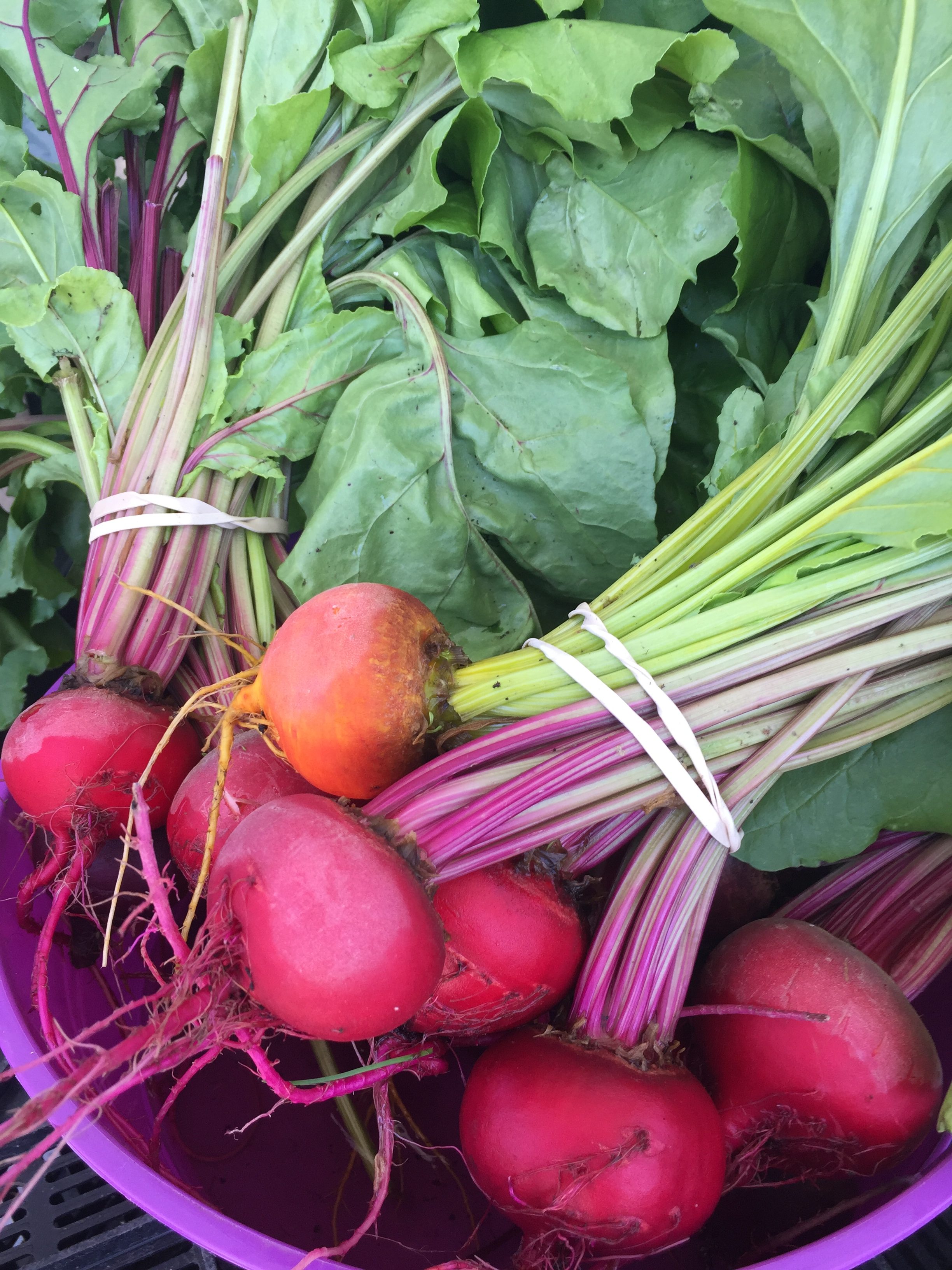
Chapter 2 - Making a Sweet Splash
- What was happening to Beet when she needed to stop running? Beet was dehydrated! Dehydration occurs when the body loses a large amount of water and you feel very tired and/or dizzy. Sometimes this happens when the weather is very hot, you are exercising too much, and not drinking enough liquids.
- What types of beverages do you like to drink? Do you like soda, fruit juice, sports drinks, milk, water, tea or seltzer? I enjoy water, hot herbal teas, and freshly squeezed fruit juices. I sometime like to mix fresh fruit in my water or to add a little seltzer to my fruit juices.
- Are these beverages healthy for you? Peek at the nutrition label to find out! Try to always select drinks that are low in sugar and sodium. Many sports drinks and juices appear to be healthy. However, they are very high in sugar and sodium. Also, when you look at the ingredient list, it needs to be a short list of ingredients. If there are ingredient names on the list that you cannot pronounce or never heard of, choose a different beverage! Adding fresh strawberries or lemon to your water is very refreshing and healthy. You have to be very careful with fruit juices. Examine the ingredients to see if the juice is actually made from the juice of the fruit. Many fruit juices contain a lot of sugar and a small amount of the actual fruit's juice!
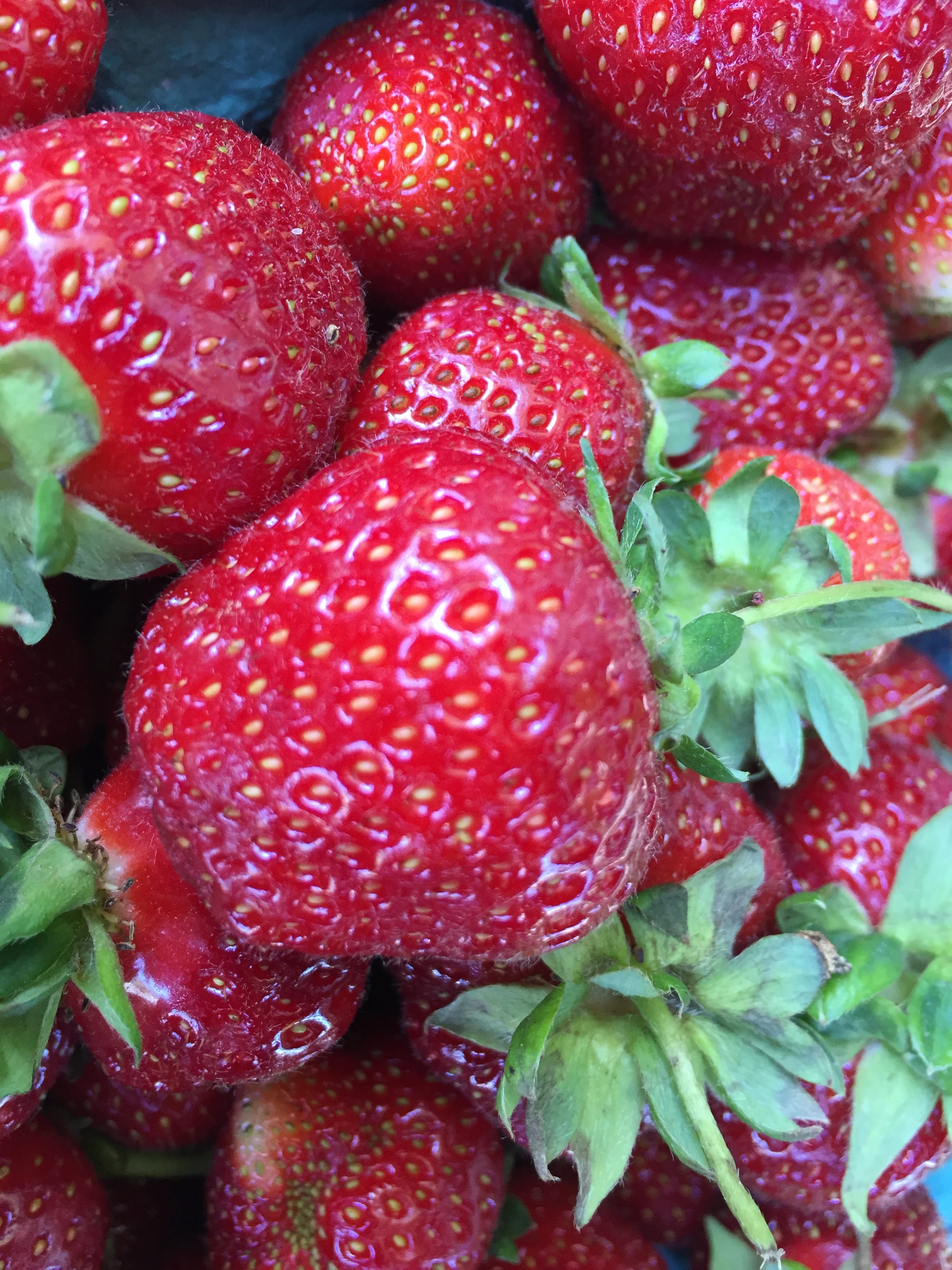
Chapter 3 - Heart & Beet Go Organic
- So what does organic really mean? Organic describes how something is grown. If a vegetable or fruit is grown organically, then it will not be sprayed with bad chemicals during the growing process, during harvesting, or during transportation from the farm to the product's final designation. However, organic fruits and vegetables are allowed to be sprayed with certain chemicals that are not deemed harmful and are OMRI (
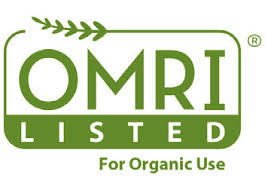 Organic Materials Review Institute) approved. OMRI is an international nonprofit organization that determines which products are allowed for use in organic farming and processing. However, many sustainable farms, such as HeartBeet Farms, choose to not spray with any bad chemicals, OMRI approved or not.
Organic Materials Review Institute) approved. OMRI is an international nonprofit organization that determines which products are allowed for use in organic farming and processing. However, many sustainable farms, such as HeartBeet Farms, choose to not spray with any bad chemicals, OMRI approved or not. - Are organic foods and drinks healthier for you? The word organic does not mean 'healthy'. Fruits and vegetables that are grown organically are healthier than fruits and vegetables that are sprayed with bad chemicals. The fruits and vegetables are healthier because they have not soaked up any bad chemicals from the soil or do not have any bad chemicals directly sprayed on them. For these reasons, organic produce can be considered 'healthier' for us.
- How can you identify whether a food or drink is organic? You cannot tell if a fruit or vegetable is organic just by looking at it. Many times you can taste the difference between an organic vs. non organic fruit or vegetable. Organic fruits and veggies from a local farm may have a more intense flavor. Organic produce must be properly marked in a grocery store. Organic produce MUST be separated from the conventional (or non organic) produce. If organic pears are mixed in with conventional
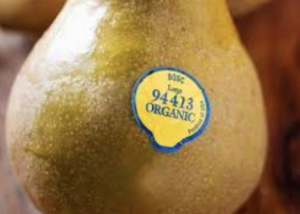 pears, they become conventional pears. Organic produce will have signs that say ORGANIC in the grocery store. Also, all produce is marked with special codes. If the code begins with the number 9, then it is organic. Farms that grow organically or are certified organic will talk about and display their growing methods.
pears, they become conventional pears. Organic produce will have signs that say ORGANIC in the grocery store. Also, all produce is marked with special codes. If the code begins with the number 9, then it is organic. Farms that grow organically or are certified organic will talk about and display their growing methods.
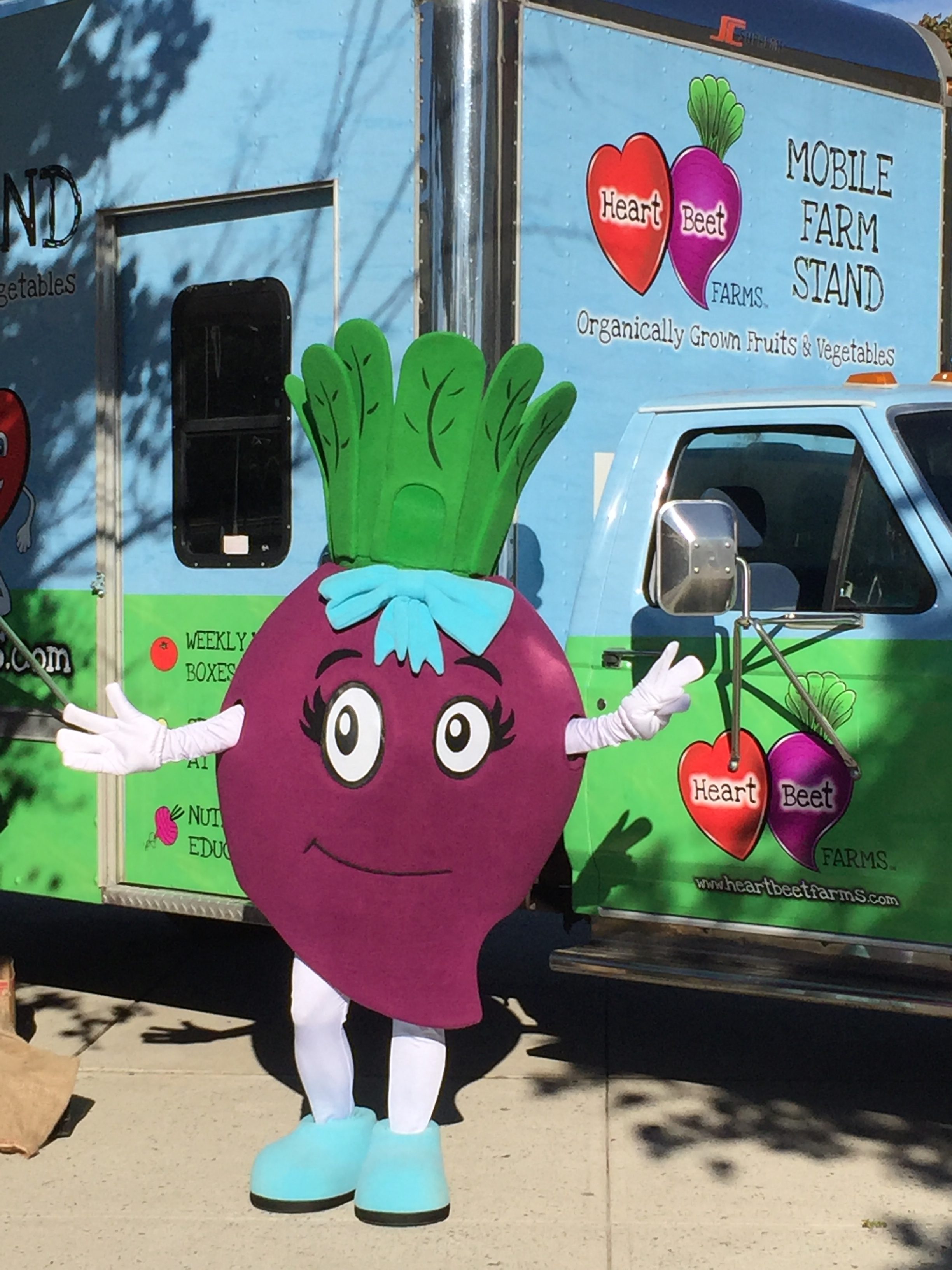
Chapter 4 - Break for Breakfast
- What did Heart eat for breakfast? Heart ate chocolate chip pancakes with maple syrup for breakfast.
- Why did Heart's breakfast make him tired? Heart's breakfast was made up of mainly carbohydrates and sugar. While carbohydrates are good for us at times, they can also make us very tired during a school day. The sugar from the pancake mix and chocolate chips will provide us with instant energy. And then our energy level will decrease very quickly. We need to find foods that will provide sustained energy throughout the school day - not foods that will provide us with a quick burst of energy all at once. Many kids eat foods filled with sugar and chemical fillers. They have an immediate burst of energy and then become very tired for the rest of the school day. This could impact their ability to learn, listen and communicate.
- Is breakfast an important meal? Why or why not? Breakfast is a very important meal especially for children in school. Food is energy. We need to eat healthy foods to maintain our energy level. When we get up in the morning, it is important to eat a healthy meal to help jump start our body and keep it going until we eat your next meal. All meals are very important as we need to keep supplying our body with sustained energy or fuel throughout the day. What are some healthier breakfast items that we can eat? Check out these fun breakfast recipes on our Pinterest page! And can chocolate chip pancakes be made in a healthier way? The answer is YES! Click here for a healthier chocolate chip pancake recipe.
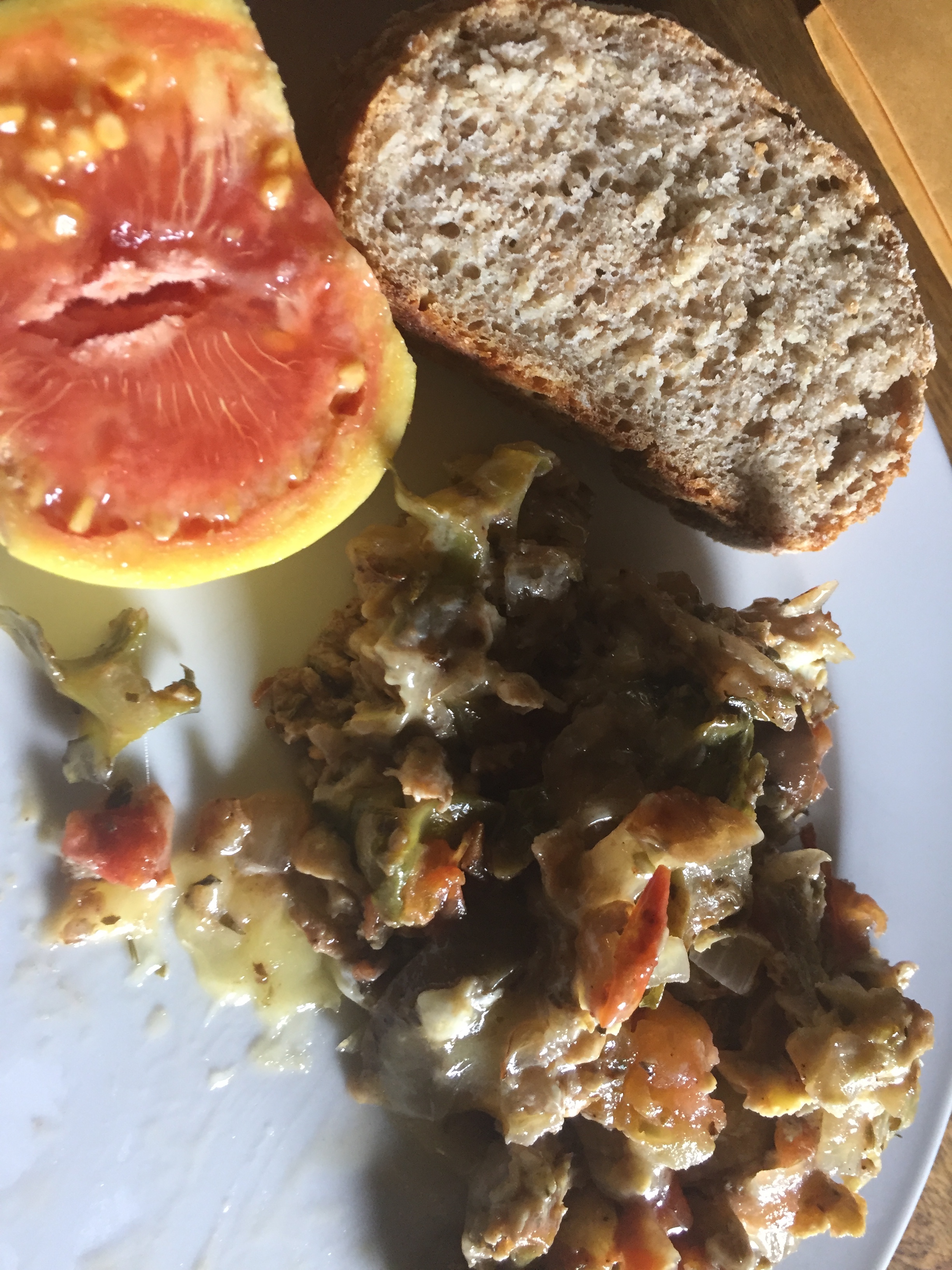
Chapter 5 - What's in that Chip?
- What makes a typical potato chip unhealthy? Typical potato chips are made from white potatoes. In the past, white potatoes used to be considered a bad carbohydrate. They have a high ranking on the 'glycemic index'. This index shows how quickly a food is broken down into sugars and put into the blood stream. When foods are broken down quickly, the body responds by releasing insulin to soak up all the sugar. This leaves a person hungry with cravings — even though they just ate. How white potatoes are prepared will impact how healthy they are for our body. Many potato chips are high in fat and calories and have very high sodium levels, leading to high blood pressure. Most chips are deep-fried, a process that creates trans fats. In addition, the oils used for frying chips are often saturated fats, which also contribute to high cholesterol levels. On the positive side, white potatoes are rich in Vitamins C and B and potassium. In addition they contain more protein and fiber than a sweet potato. How you prepare and eat them, will impact how healthy they are for you.
- How can you figure out if your potato chips are 'healthier'? Take a look at the nutrition label and ingredient list to assess the 'health' of your potato chips. Potato chips that are baked tend to be a lot healthier. Potato chips that use sunflower or canola oil are usually healthier than some of the traditional saturated fats. Sea salt is a great option over other processed salts. Organic potatoes are also a great option vs. conventional white potatoes. Check out the ingredients on your potato chip nutrition label.
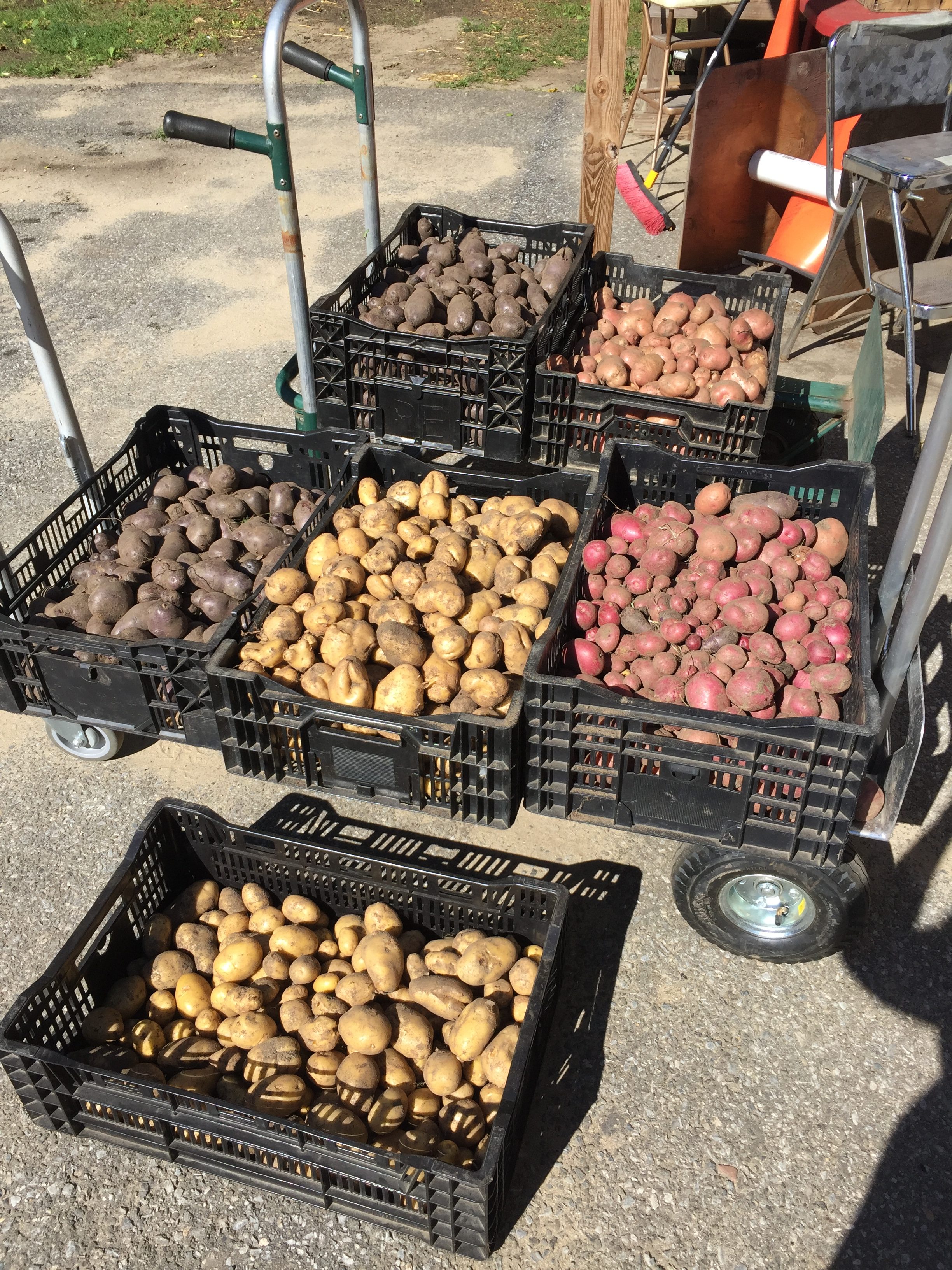
Chapter 6 - Cukes!
- What is a cucumber? We think of cucumbers as vegetables. However, a cucumber is actually a fruit because it has seeds. Botanically, foods fall into the "fruit" category if they contain a seed or seeds and they come from plants. Therefore, cucumbers as well as tomatoes, avocados, peppers and watermelon are all actually considered fruits! Cucumbers are filled with water and therefore are very hydrating. Cucumbers are very low in calories and high in potassium, fiber and Vitamin C.
- What are some different ways to eat a cucumber? People tend to eat cucumbers raw. Some peel cucumbers and some do not - it depends on how thick and tough the skin is. Cucumbers are a great food to dip into hummus or any type of yogurt or sour cream-based dips. They can be chopped into salads and tacos or served as a cooling side dish. Cucumbers can also be pickled and made into sour, dill or half n half pickles. Place a cucumber slice into some water and experience how clean the water tastes. Then add a lemon wedge into the water and create a very refreshing experience!

Chapter 7 - Bag the Lunch
- Why is lunch such an important meal for a student? Just like breakfast, lunch is a very important meal - especially for a student! When we eat a healthy breakfast, by the time lunch arrives, we will normally be hungry for our next healthy meal. Our body burned all of our healthy breakfast off throughout the morning. If we ate an unhealthy breakfast high in sugar, then we would probably be starving by the time we arrived at school! Just like breakfast, it is very important to eat a healthy, low sugar lunch - a meal that can help us make it to the end of the day and give us the energy to listen and actively participate in class.
- When choosing lunch options, what should you think about? It is very important to eat a lunch that is low in sugar. It is also important to eat a lunch with a healthy balance of protein, carbohydrates and fats. When we get hungry, we want to grab a sugary treat. Try your best NOT to do this. Eat a healthy, balanced lunch and top it off with a small, healthy treat! There are so many creative lunch options that you or your family can help you prepare at home! Click here to view some veggies that are great to add to the lunch box.Check out these healthy lunch options - click here. And here are some different lunch box options for kids or adults - click here.
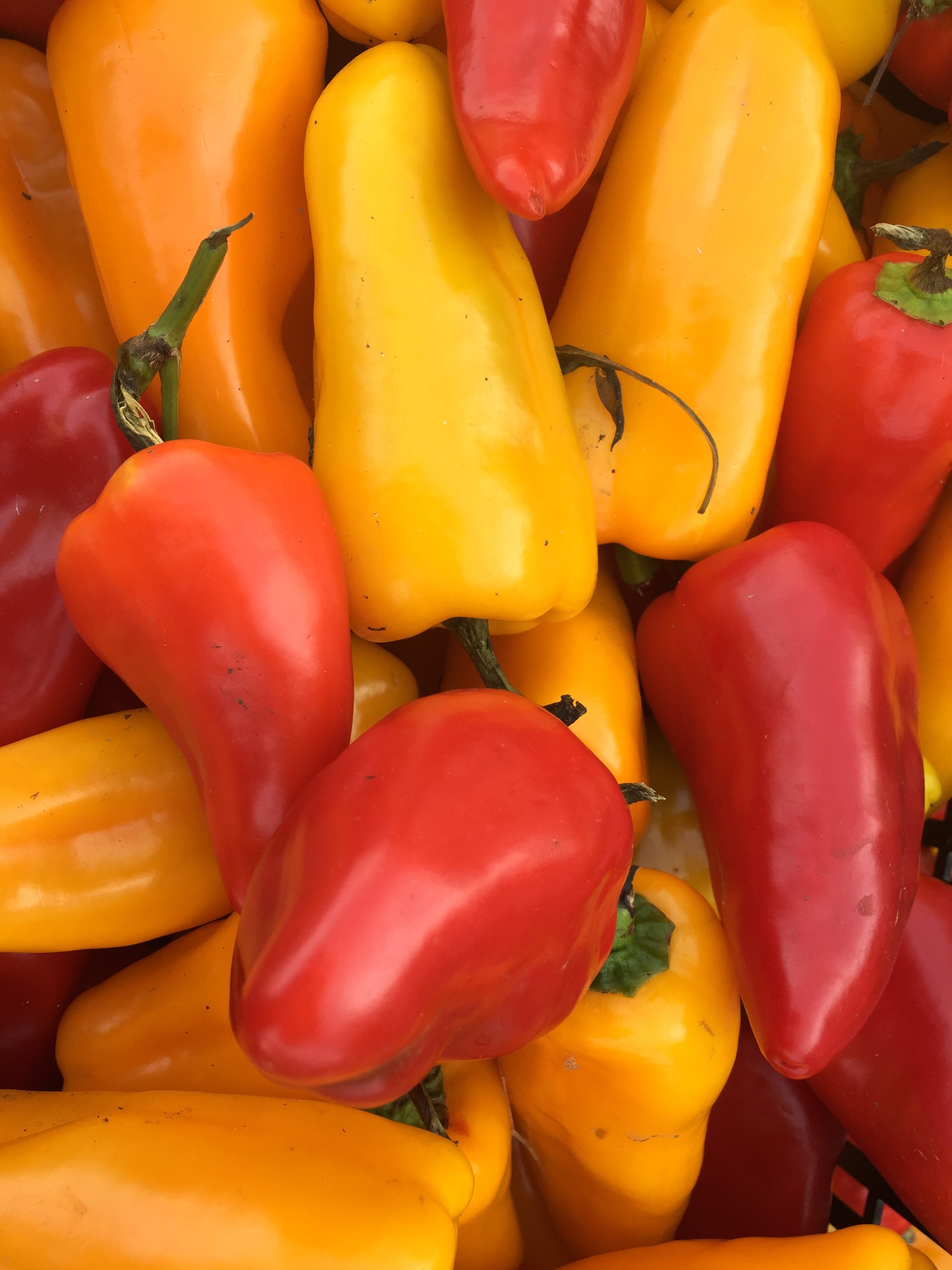
Chapter 8 - Crunch and Sip
- What type of vegetable is a carrot? A carrot is a root vegetable. This means that the fruit, or edible part of the plant, grows under the ground. Other root vegetables include beets, onions, potatoes, turnips, radishes, leeks, ginger, garlic, daikon, fennel, horseradish, jicama, parsnip, and yucca. What color is your typical carrot? The typical carrot that you see in the grocery store is orange! However, carrots also come in purple, yellow, red, and pink! Next time you are in the grocery store or at a farmstand, see if you can spot a different colored carrot!
- Name some different ways that you can eat a carrot. Many people peel their carrots and eat them raw. I don't even peel my carrots. If they are organic, why peel them?? You can dip your raw carrots in hummus or a yogurt or sour cream-based dip - or any other dip you can come up with! You can also boil, bake, grill, barbecue or mash your carrots! Carrots are am amazing side snack to add to your children's lunches. I add a small container of hummus for dipping!
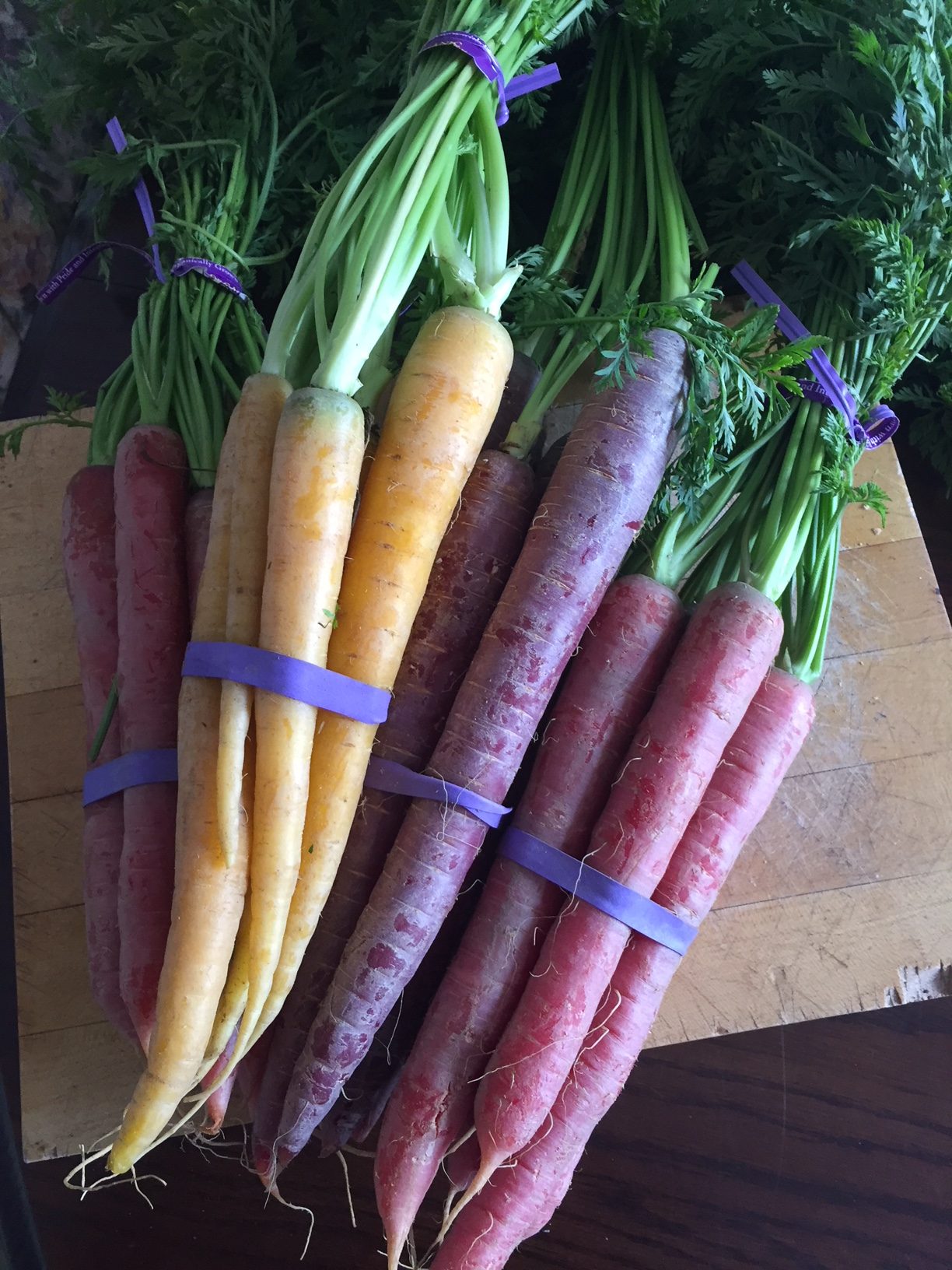
Chapter 9 - Glu10
- What is gluten? Gluten is a protein that is naturally found in wheat, barley, and rye. Wheat, barley, and rye are grains. Grains are small, hard, dry seeds.
- Why is gluten added to foods? Gluten has been commonly used in processed foods to add flavor and thickness. It adds a 'glue' to the foods to make the food stick together and become thicker.
- Name some foods that probably have gluten in them. Some examples of foods with gluten are: wheat bread and other types of breads, crackers, pasta, pizza and cereals, certain sauces, marinades and dressings. There are many foods that contain gluten. If you cannot eat foods with gluten, it is very important to learn to read and understand the nutrition labels to verify whether the food actually contains gluten or not.
- Name some foods that are naturally gluten-free. Fruits and vegetables are naturally gluten-free such as carrots, beets, cucumbers, tomatoes, broccoli, lettuce, kale, sweet potatoes, and cabbage, to name a few. Click here to see pictures of vegetables that are naturally gluten-free. Other naturally gluten-free foods include beans, meats and almost anything that is in its natural state and has not been prepared with marinades, dressings or sauces or has not been processed.

Chapter 10 - Smackdown Between Yam and Sweet Potato
- What's the difference between a yam and a sweet potato? Most people think they are eating yams, but they probably are not. Sweet potatoes are not a type of yam, and yams are not a type of sweet potato. They are both root vegetables that come from a flowering plant, but they are not related and don’t have a lot in common. Yams are native to Africa and Asia. They can be as small as a regular potato or jumbo in size, growing as much as five feet long. Yams have a cylindrical shape with blackish or brown, bark-like skin, and white, purple, or reddish skin. Compared to sweet potatoes, yams are starchier and drier. Yams are also considered toxic if eaten raw, but safe when cooked! There are many varieties of sweet potatoes. The skin color can be white, yellow, red, purple, or brown, while the skin can be white, yellow, orange, or purple. These vegetables have an elongated shape with tapered ends. There are two major types of sweet potatoes: Firm (i.e. Japanese Sweet Potatoes) which may have golden or reddish skin and paler flesh and soft sweet (typical orange sweet potatoes) which have copper skin and orange flesh. The two types of sweet potatoes cook differently. Firm sweet potatoes still remain firm and a little waxy after cooking, while the soft variety becomes creamy and fluffy. Many grocery stores label the soft sweet potatoes as yams and the firm sweet potato as sweet potatoes - this is what leads to the confusion about what a yam really is! Most of us have probably not experienced a true yam - I know I haven't yet!
- Are they both healthy for you? Both are healthy, however sweet potatoes have more nutritional benefits than yams do. They have higher concentrations of nutrients and more fiber than yams. Sweet potatoes are one of the best sources of vitamin A in the form of beta-carotene. Boiling sweet potatoes retains more beta-carotene and makes this nutrient easier for the body to absorb. Cooking sweet potatoes with the skin on also helps prevent the loss of nutrients, including vitamin C and beta-carotene. Sweet Potatoes also contain no fat and are low in sodium.
- How can you eat a yam or sweet potato? As we said, yams must be eaten cooked. However, both can be interchanged in a recipe that calls for sweet potatoes or yams. Yams and sweet potatoes can be baked, boiled, barbecued, roasted, broiled, fried or grilled! They can also be made into pies and other delicious dessert treats!
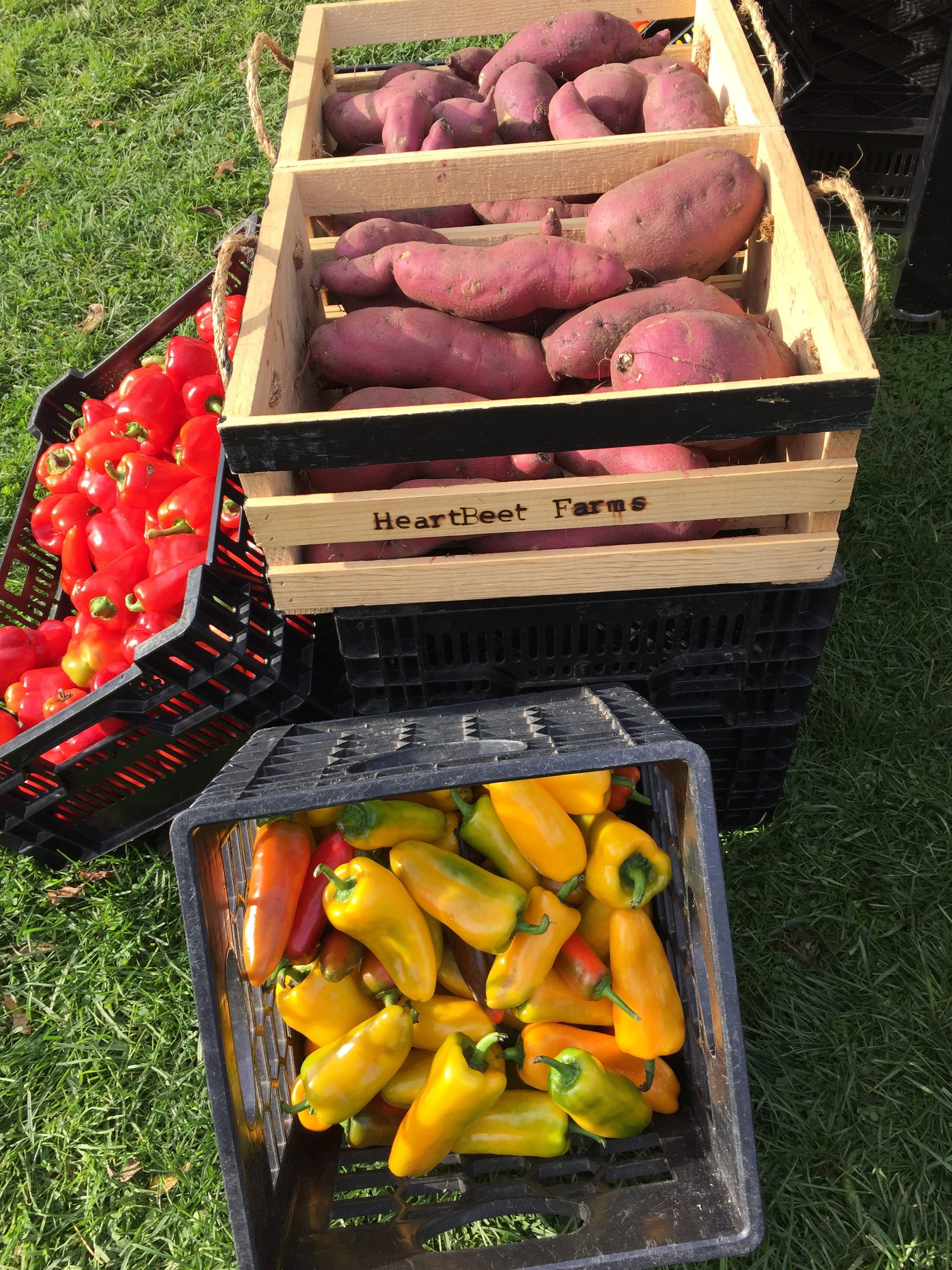
Chapter 11 - Squash the Spaghetti
- What type of squash is spaghetti squash? Spaghetti squash is a type of winter squash. Winter squash have a hard skin and flesh. Other types of winter squash include acorn, buttercup, butternut, calabaza, delicata, Hubbard, sweet dumpling, and Turban, and pumpkin.
- How can you eat spaghetti squash? Spaghetti Squash is unique because when it is cooked it looks like thin see-through strands of thin spaghetti. It has a mild, delicate flavor similar to a yellow summer squash with a very watery texture. To create this thin spaghetti, you can bake the spaghetti squash. After baking, the seeds are removed and, by using a fork, you can scrape the 'spaghetti' right out of the squash. Add some fresh tomato sauce and parmesan cheese and you have a healthy replacement for traditional pasta! In addition to making 'spaghetti', this squash can be used in soups or you can cut the spaghetti squash in half, stuff and bake. Check out our Pinterest page for spaghetti squash recipes.
- Why is spaghetti squash healthy for you? A quick comparison to pasta - both pasta and spaghetti squash have low amounts of fat, salt and fiber. However, pasta has over 100 calories, while spaghetti squash has only about 20 calories. Spaghetti squash is richer in protein and has a lower carbohydrate content than pasta's 31 grams.
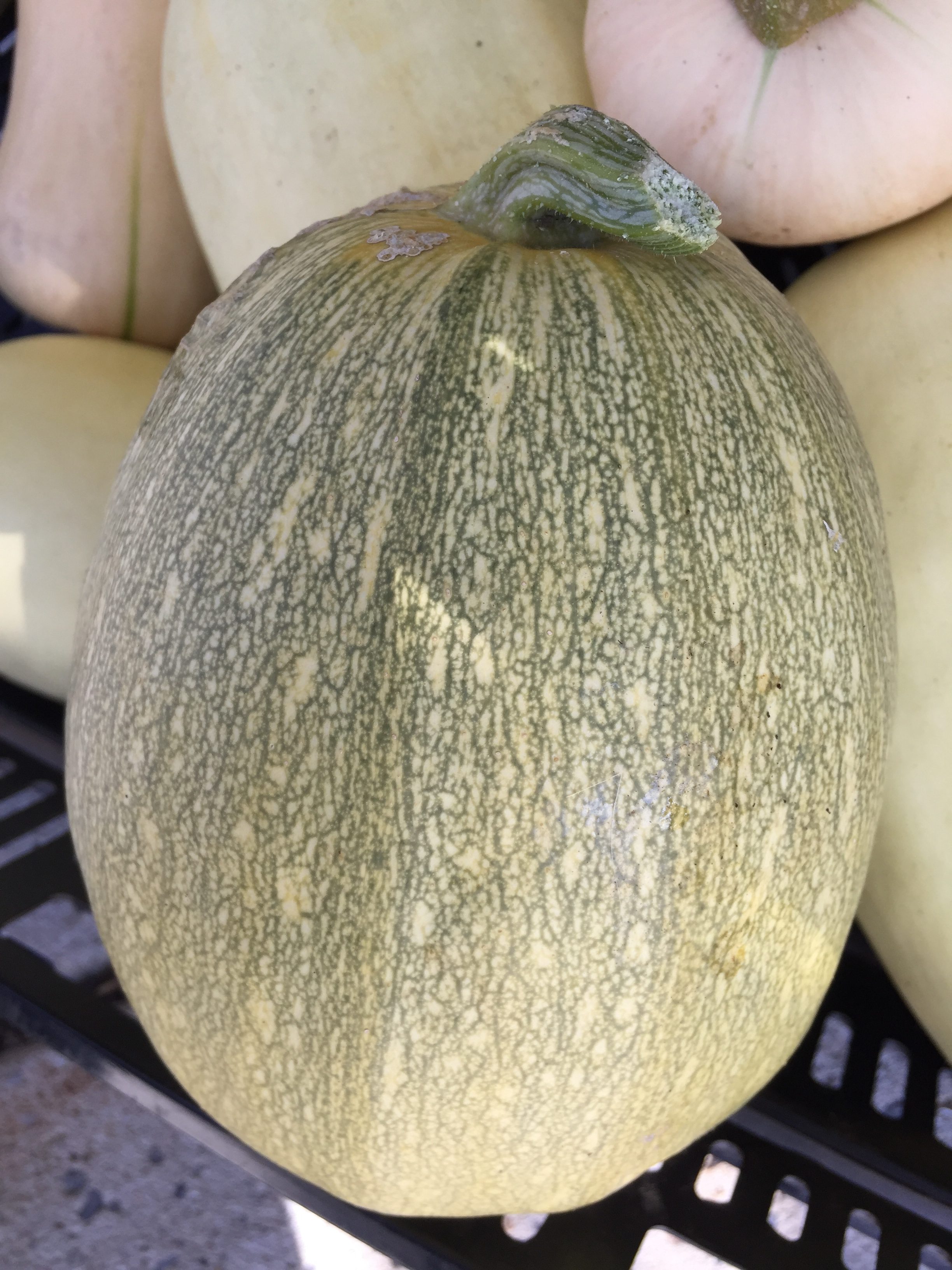
Chapter 12 - Don't Squash Us
- What type of squash is zucchini? Zucchini is a summer squash found in both green and yellow varieties. Unlike winter squash, summer squash has soft, thin skin that is perfectly edible, with varying degrees of light to dense flesh. They can all be eaten raw or cooked, and have a mild flavor that can range from sweet to nutty, and though the difference in flavor between varieties is subtle, it’s distinct. Examples of summer squash include: pattypan, crookneck, and cousa.
- What type of squash is yellow squash? Yellow squash is also a summer squash. You’ll find yellow squash in two varieties: straight neck and crook neck, which curves at the neck. Both varieties have fatter bottoms and taper towards the neck. They have smooth to slightly bumpy, thin skin, and creamy white flesh with larger seeds than many other varieties of summer squash. When picked young, yellow squash are good eaten raw, and can also be cooked with both sweet and savory recipes.
- Where they healthy? Zucchini is very low in carbohydrates; it also serves as a fantastic source of vitamin C. Zucchini contains zero fat, and is high in water and fiber. Yellow squash has very similar nutrition properties - it is a very good source of vitamin C, magnesium, dietary fiber, phosphorus, potassium, folate, vitamin B6 and vitamin K.
- How can you eat zucchini or yellow squash? Zucchini and yellow squash can be eaten raw or cooked. Similar to carrots, you can slice them up (with or without their skin) and dip them in hummus or a yogurt or sour-cream based dip. Summer squash can be baked, grilled, barbecued, fried, boiled, or steamed. In addition, they can also be spiraled into a spaghetti-style meal and used as a pasta replacement. Click here to check out some summer squash recipes.
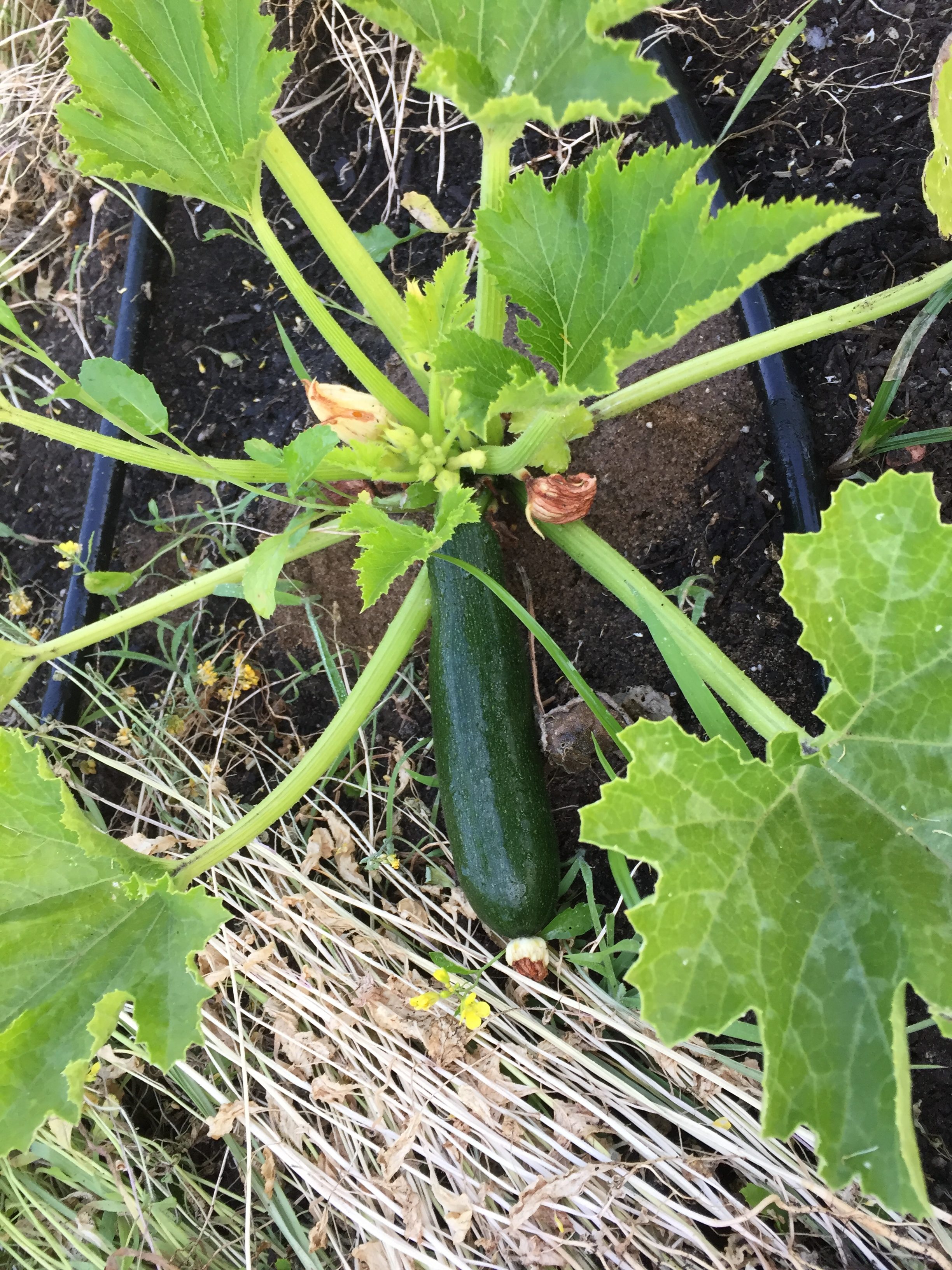
Chapter 13 - Attack Your Snack
- How can you learn more about what is in your favorite snack? The nutrition label (or Nutrition Facts) provides a lot of important information about what is in your favorite snack. These nutrition facts are not always easy to understand but there are a few things that you can focus on to quickly figure out if your favorite snack is healthy or not. Always look at the serving size that they are referring to. Sometimes the servicing size is 1/2 chip, 1 chip or 2 chips. It is important to know how much the nutrition label is referring to. I glance at the calories but don't feel that calories are as important as other facts. Total fat grams is a figure I always like to look at. Anything over 10 grams of fat, try to avoid unless it is made with a known vegetable that is high in good fats such as avocado. Sodium is also very important to look at. When products are very high in sodium, they tend to be highly processed. Avoid products with high sodium levels. Total carbohydrates is also another important number to look at. Anything that is 20% or higher is considered bad for the sodium, carb, and fat levels. One of the most important parts of the nutrition facts is the list of ingredients. The items are listed in the order from most present in the product to least present. So what is your snack mostly made of? The first ingredient listed is what is the biggest part of your snack. Can you read and understand the ingredient list for your favorite snack? Are there 3 ingredients or 25 ingredients listed?
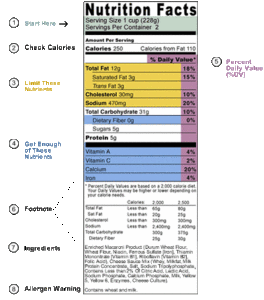
- When you see a long list of ingredients on the nutrition label, what should you do? Avoid products with very long ingredient lists. Long ingredient lists are usually products that are filled with fillers, preservatives, flavorings, and bad stuff. Many times it is impossible to even pronounce the names of the ingredients. If you can't pronounce it or don't know what it is, why put it in your body? Some other names for sugars that appear in the ingredients may be: sucrose, glucose, high fructose corn syrup, corn syrup, maple syrup, and fructose. Avoid these as much possible. If you stick to real fruits and vegetables then you don' have to worry about how to read the ingredient list!!
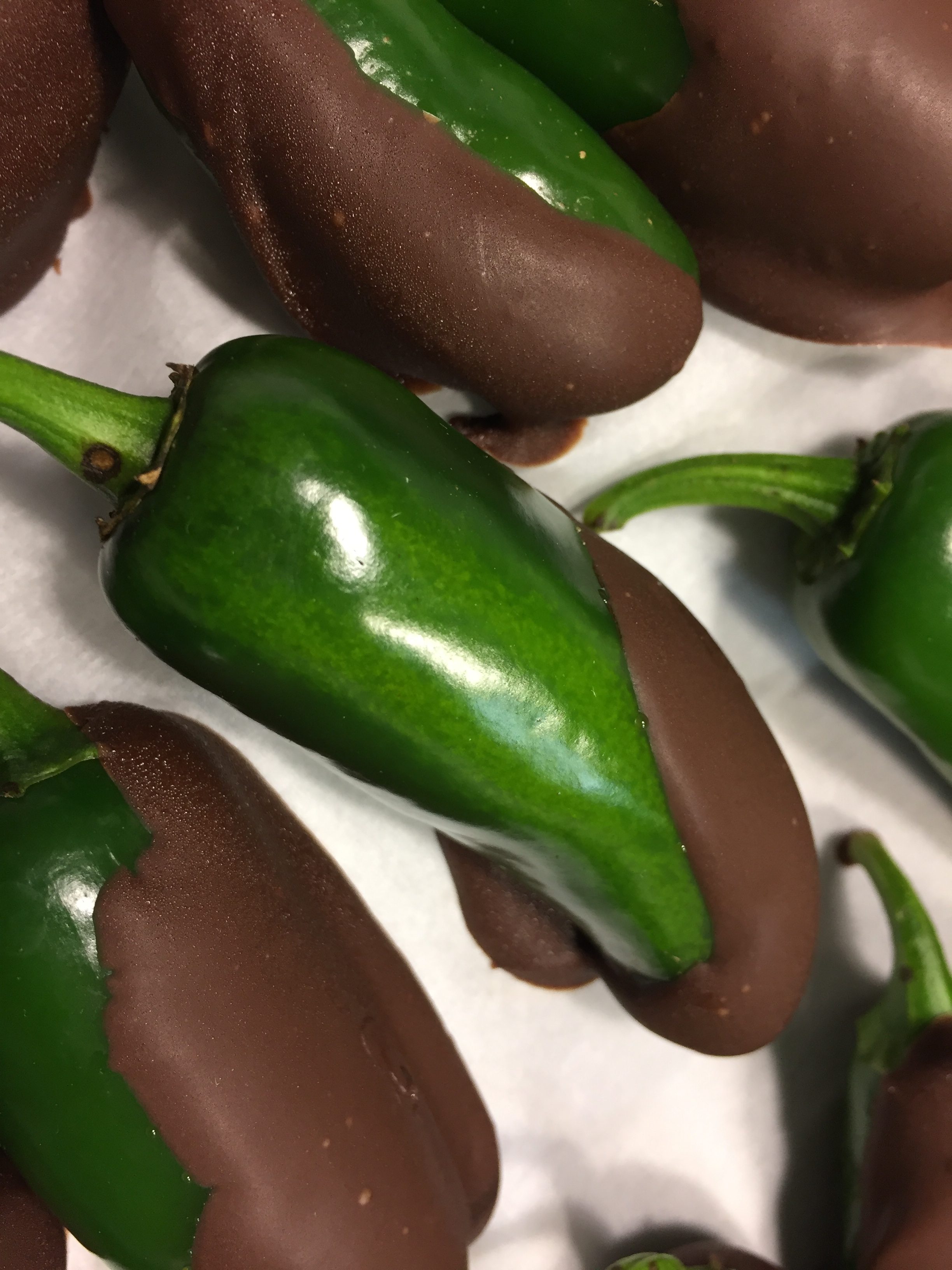
Buy Root for the Beet
Gift a Root for the Beet book to a friend, child, or school.